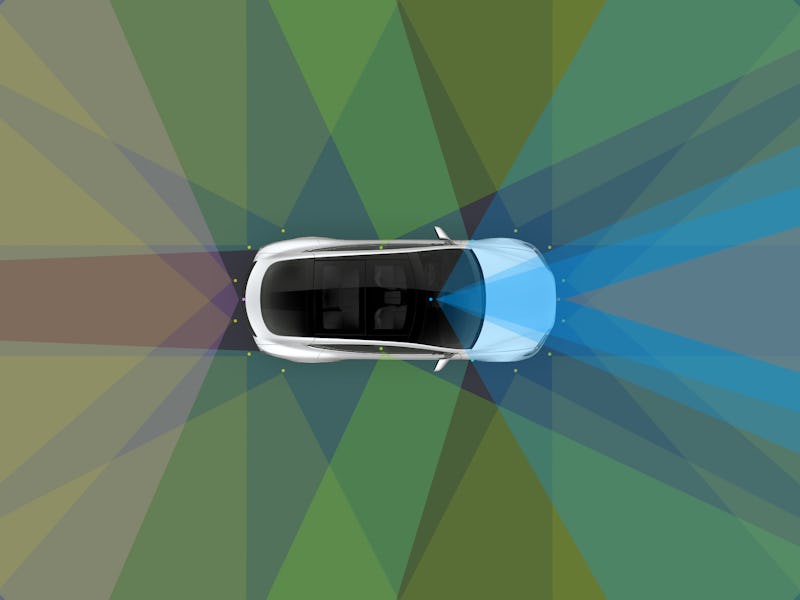Expert Reveals How Connected Cars Will be ‘Blood and Veins’ of Smart City
Glenn Lurie outlined his vision.

Cars are set to drive the life force in the city of the future. That’s according to Glenn Lurie, CEO of Synchross, who told the audience at Barcelona’s Mobile World Congress on Tuesday that new cellular technologies will offer a seismic shift in the way data is shared.
“I would argue that the big next thing is the smart city,” Lurie said. “The smart city is our opportunity to bring it all together. I would also argue that the connected car is the blood and veins of the smart city. If you think about vehicle-to-vehicle, vehicle-to-infrastructure, everything being connected, the picture says it all.”
Smart cities present an opportunity to make citizens’ lives better by using sensors and data capture systems to make infrastructure work better. Examples of these sensors today include a project in Cambridge, Massachusetts hosted by MIT’s Senseable City Lab, which enabled dump trucks to collect data on issues like whether an intersection is working properly of when a pipe has burst. Another initiative designed by Citymapper uses Transport for London’s data to create a public transit route that adapts to usage information.
Glenn Lurie on stage.
Connected cars have the potential to supercharge this data collection. Vehicle-to-vehicle technology will enable cars to speak at a rate of up to 10 times per second, feeding data to nearby cars to alert about upcoming obstacles. Fleets of semi-autonomous vehicles, kitted out with radar and lidar sensors, can inform cities in a similar way to the Cambridge project.
With the adoption of 5G networks, these solutions could grow even more impressive. The networks offer speeds of up to 10 gigabits per second, but they also offer a number of features like traffic prioritization that make them ideal for cars. After all, you won’t want the autonomous car to crash because someone was hogging bandwidth with Netflix in the backseat. 5G is a change that Lurie argues is greater than 4G or 3G, as it enables these new uses of cars.
“It’s going to be faster yes…but I’d argue this is the first time that we’ve ever seen a network change that’s about use cases,” Lurie said.